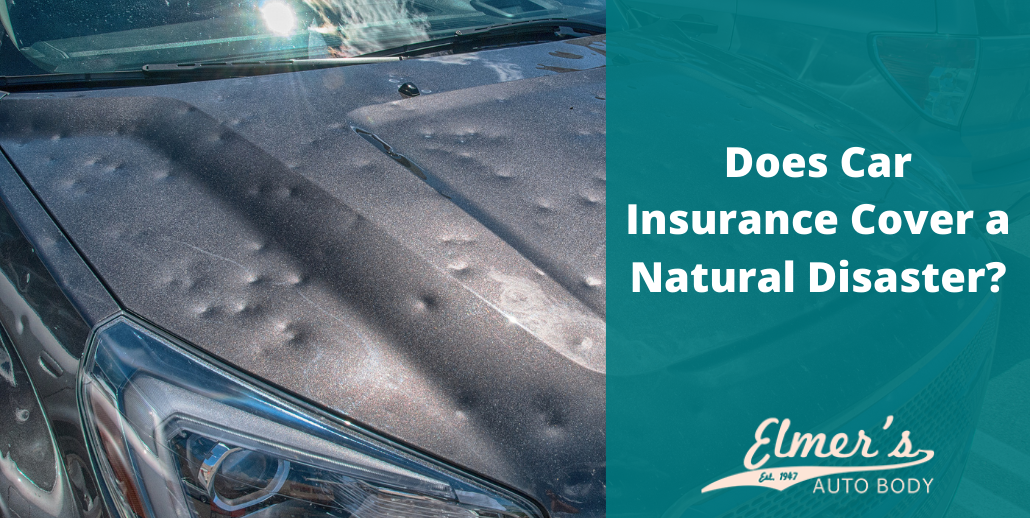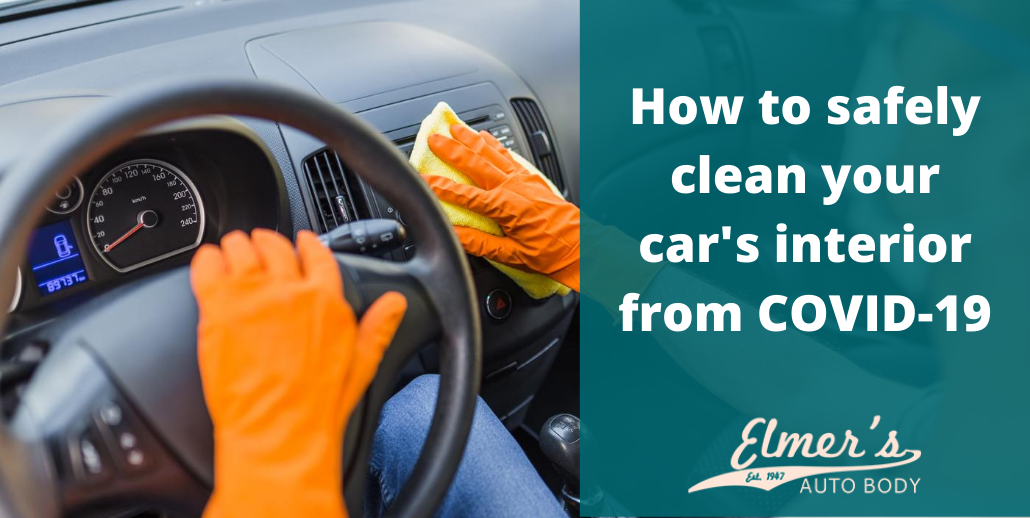Mother nature can be unforgiving and causes a great amount of damages throughout the year. Those damages can affect your property and also your vehicle. After such a calamity, which are often called “Acts of God”, you might be left one question: “Does car insurance cover a natural disaster?” Rather than waiting until something terrible happens as a result of unpredictable storms or something similar, it’s best to know now whether such damages are covered or not.
The quick answer is yes, if certain conditions are met. Not every scenario is going to be covered.
Let’s break this down a bit further.
Comprehensive Car Insurance Coverage
There is no actual “natural disaster” insurance policy for motor vehicles. Instead, there is only comprehensive car insurance. Most states, like New Jersey, require drivers to have a minimum of auto liability coverage, which will pay for things like another driver’s injuries or damages to property in the event of an accident.
Comprehensive car insurance is optional. You must choose such coverage when you enroll into an auto insurance policy. Unless you choose a comprehensive plan, natural disasters will not be covered. Individual policies are different, though, so what one plan covers may not be paid for in another insurer’s plan.
The good news is that you can add comprehensive coverage onto your current policy, and it usually takes about 5 minutes when done online.
What Does Comprehensive Car Insurance Cover?
Most comprehensive policies offer coverage from falling debris, glass, and water damage. That means any damages caused by storms, tornadoes, hurricanes, or even hail storms and floods can be paid for. You may assume that you are safe from certain natural disasters, such as flooding, if you do not live somewhere considered a flood zone.
That said, you never know when flash flooding may occur while you are driving. Flood waters can cause damages to the internal machinery of the vehicle. However, only comprehensive coverage will help with mitigating the costs of car repair. If you live somewhere prone to flooding, pay it safe and get the appropriate amount of coverage.
You may also be covered in the event of a wildfire and earthquake.
Important Note
If you live in an area that is subjected to inclement weather, such as high winds, tornadoes, hail, and flooding, you should always ensure well in advance that your policy has comprehensive coverage. Otherwise, you may run into something called a “binding restriction.”
Binding restrictions occur when insurance providers place restrictions on consumers to prevent them from buying or changing plans during a major storm.
This means you cannot wait for the flooding to strike to purchase insurance that will cover your vehicle from damage.
What are Other “Acts of God”?
An “Act of God” refers to any damages that are the result of circumstances beyond your control as a driver. Aside from natural calamities like hail and flooding, additional Acts of God include:
- Volcanoes
- Mudslides and landslides
- Sinkholes
- Riots
- Vandalism
- Theft
As long as you maintain comprehensive coverage, you are safe from natural disasters and damages that may be the result of civil unrest. Think of comprehensive insurance as a safety net for anything beyond what happens on the road.
My Car’s Been Damaged in a Natural Disaster! What Now?
Now that you know that, yes, natural disasters are covered by comprehensive car insurance, it is time to discuss what happens if your vehicle is damaged by such a calamity. If you have comprehensive car insurance, then you shouldn’t worry about the cost, because it will most likely be covered. Once you are positive the danger has passed, you will need to file a claim with your auto insurance company.
Be sure to take pictures of the damages from every angle or take a video to show the damages. When you make your claim, you will be asked questions about how the damage occurred, so the evidence may come in handy. Do not move the car until the appraisal from the insurance company has been completed. Also, do not attempt fixing any damages before speaking to the insurer.
Limitations and Deductibles
Even though you have coverage and can file a claim, there are some things that could limit how much you get for the damages. You will have to pay a deductible, unless your auto insurance policy does not have one. Next, some comprehensive policies will have a limit to the maximum amount of expenses that would be covered. That limit is typically how much your car is worth.
Get Your Car Repaired Fast
You should now know that only comprehensive auto insurance will cover natural disasters and other Acts of God. Other forms of auto insurance, such as liability insurance, will not cover expenses from hail or flooding or anything else. If you live somewhere that regularly receives powerful storms, comprehensive auto insurance is a smart choice.
Has your vehicle been damaged in a recent storm? Once you’ve spoken to your insurance company, it’s time to bring it in for repairs. Our professional team is happy to return your car to its proper working condition. Let us know how we can help by filling out the contact form.


